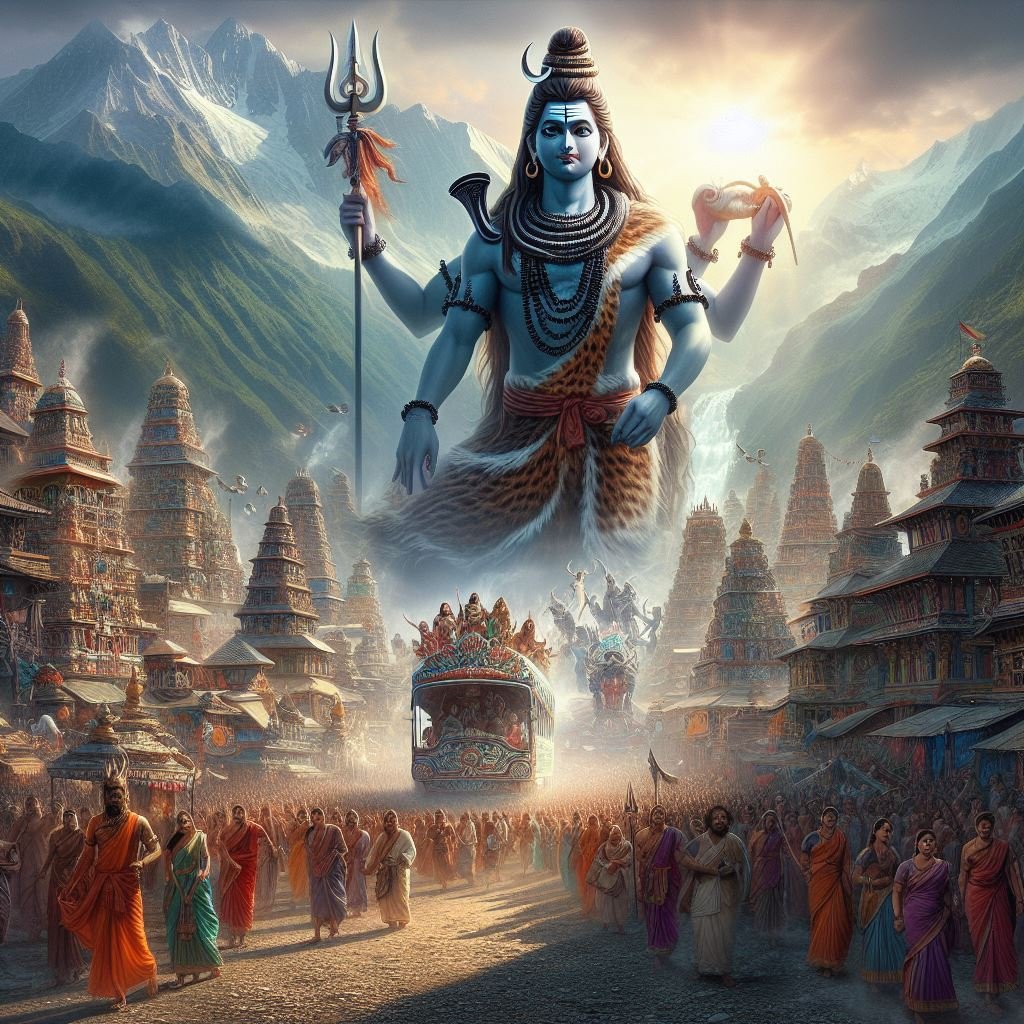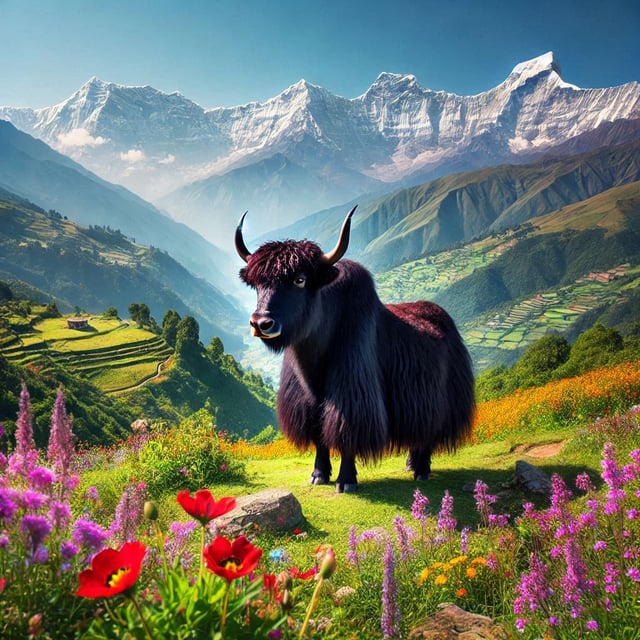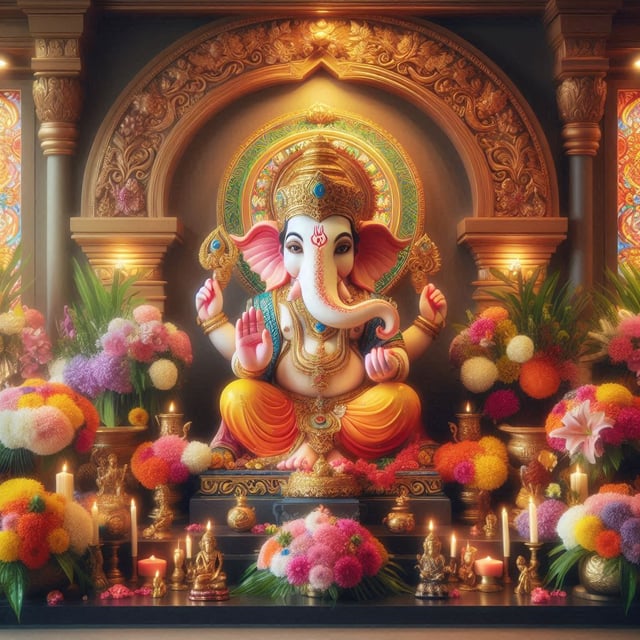An Outline of Nepalese Shaivism

Background of Shaivism
In Archeological Excavation from 1922 to 1927, Sir John Marshal’s investigation laid the foundation of the claim that seals of the Indus Valley Civilization were associated with Lord Shiva in Yoga posture, and the picture hinted at phallic (linga) worship.
In Rig Veda verses are attributed to Rudra, a wrathful god, which is considered a form of Shiva. It seems Shiva was worshipped outside Vedic society, specifically seen in Bhagavata Purana where Daksha, the father-in-law of Shiva, insulted Shiva, which led to a conflict between supporters of Vishnu and Shiva.
There are claims that Shivalinga was worshipped even in ancient Arabia but such claims lack any ground. Similarly, there are also claims that 4,000-year-old Shiva Linga was worshipped in nearby Varanasi but such ideas seem to be more determined by religious fervor than an independent archeological survey.
The Gudimallam stone lingam dated between the 3rd cen. BCE- 1st cen. BCE is widely accepted as one of the oldest phallus deity sculptures used for worship. Shiva was originally worshipped with nature and natural disasters, the god’s role expanded to the functions of creation, preservation, and destruction.
The Gupta Empire (320-550 CE), was Vishnav (those who worship Vishnu), however, it continued to grow and hold a major spot in the post-Gupta period in India. In 6th and 9th cen. CE major Shaivite sects grew one of the prominent sects is known as Pashupata.
Shaivism has grown in both Vedic-Puranic Shavism and Non-Puranic (Esoteric) Shaivism.
Shavism in Nepal
The earliest dated inscription in the Pashupati area is of Mandev, a renowned Vaishnav, from 459 CE while the region has been referred to as the Pasupatiksetra in a linga pedestal dated 533 CE. The Pasupati sect grew during the rule of Amsuvarman (ca. 605-621 CE) who stylized himself as “blessed by the venerable Lord Pasupati).
The oldest Linga worshipping in Kathmandu is found to be dated 466 CE in Lazimpat. The evidence reveals Shaivism grew in Nepal when it was flourishing in India.
In the indigenous Kirati tradition of Nepal, Shiva is also associated with Paruhang, the sun god, who fell in love with the earth goddess, also connected with Parvati, Sumnima. The connection of Shiva with Shamanism is very old.
Abode of Shiva
Many pieces of literature indicate Rudra to be associated with mountains, specifically the peak of Kailash, present-day, Tibet, China is considered as the abode of Shiva.
Kailash is an important religious shrine for Hinduism, Bon, Buddhism, and Jainism and is considered as Axis Mundi via the navel of the earth.
The region has many significant landmarks such as Om Parvat, on the disputed Nepal-India border, which resembles the holy Om shape popular in Hinduism. The significance of Kailash may have been as being the origin point of four major rivers namely- Satlag River in the west, Sindhus River in the North, Brahmaputra River in the East, and Karnali River in the South.
The Southward river Karnali gets to Humla, Nepal and since 1993, travelers have been allowed to make tours from Mt. Kailash, an important tourist package for tour agencies using the Humla region of Nepal.
Major Shrines of Shiva
Many Nepalese firmly believe that Pashupati is the center of Shavism, which seems to be driven more by nationalist fervor than religious belief.
There are 12 jyotirlingas all of which are in India. However, some rumors connected Pashupati with Kedarnath, one of the Jyotirlinga, based on Purans. In 2009, Jagat Guru Bheemashankarling Shivacharya, the head priest of Kedarnath, declared Doleshwar Mahadev in Bhaktapur as the head of Kedarnath. This temple is located 20km away from Kathmandu.
Therefore after completing Chardham (four shrines) in four corners of India, they come to Kathmandu Valley to pay a visit to the head of Lord Kedarnath at Doleshwar. In 2013 when a flood-damaged Kedarnath disrupted the tradition, the regular prayers were carried out in Doleshwor Temple.
Conclusion
Shaivism is a dominant religion in Nepal which shouldn’t be limited to the concept of Hinduism (Vedic-Puranic Traditions) and can be connected with various indigenous traditions which was later Indo-Aryanized.
A critical analysis of Shaivism could be seen as blasphemous and can hurt popular sentiment. Shavism is associated with Nepali nationalism and plays a significance in Nepali tourism. As a result, a clear and balanced study is required to understand Nepalese Shaivism which could be an esoteric experience filled with surreal stories and multi-layered beliefs and explanations.
Author
Kripendra Amatya, Researcher, Nepa~laya Productions
Editor
Dana Moyal Kolevzon, Director of International Relations, Nepa~laya Productions
Published Date
January 1, 1970



